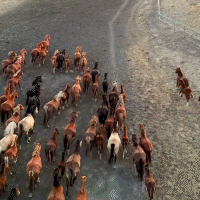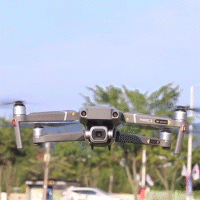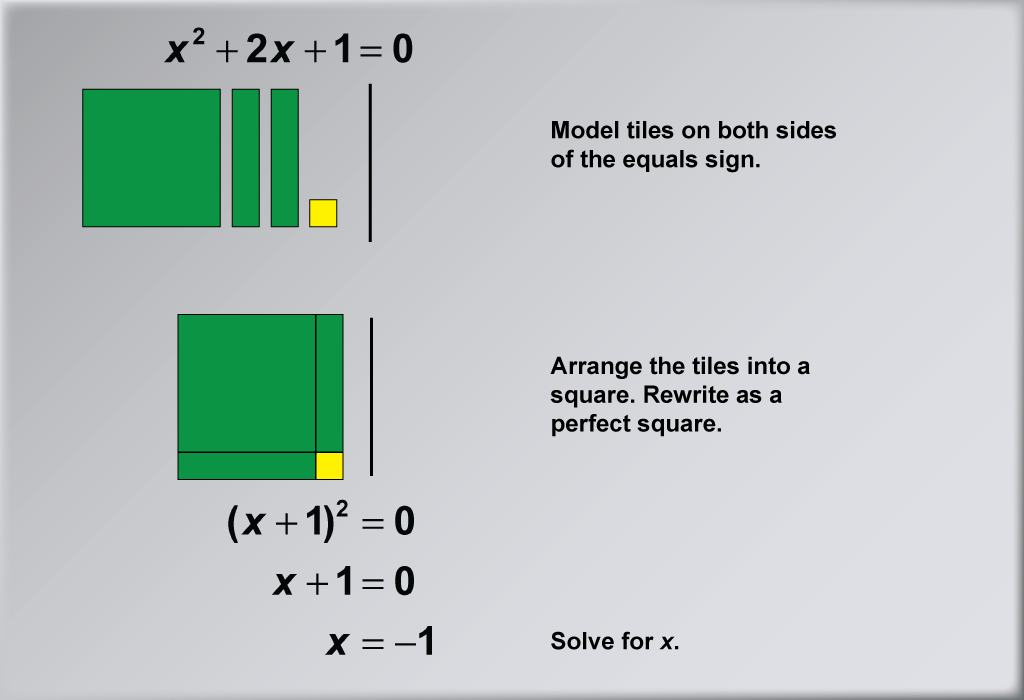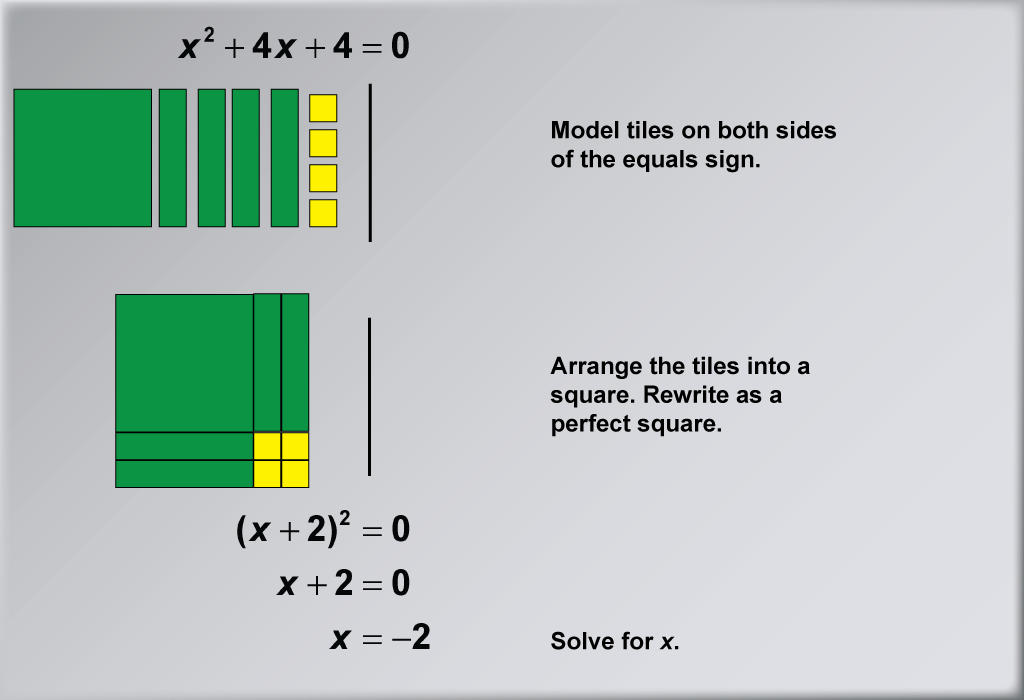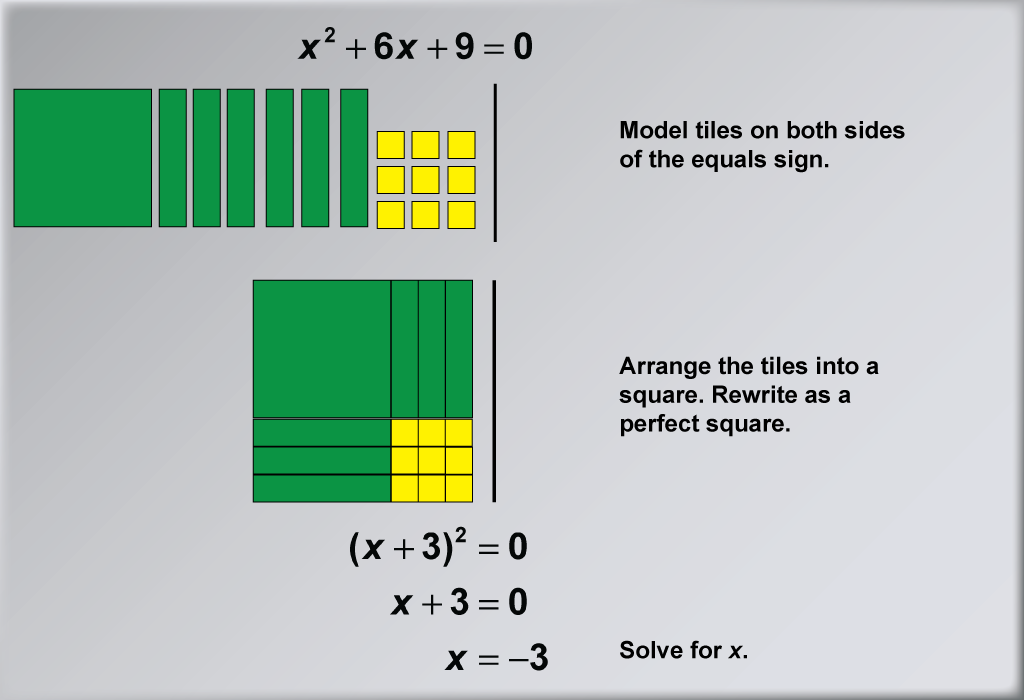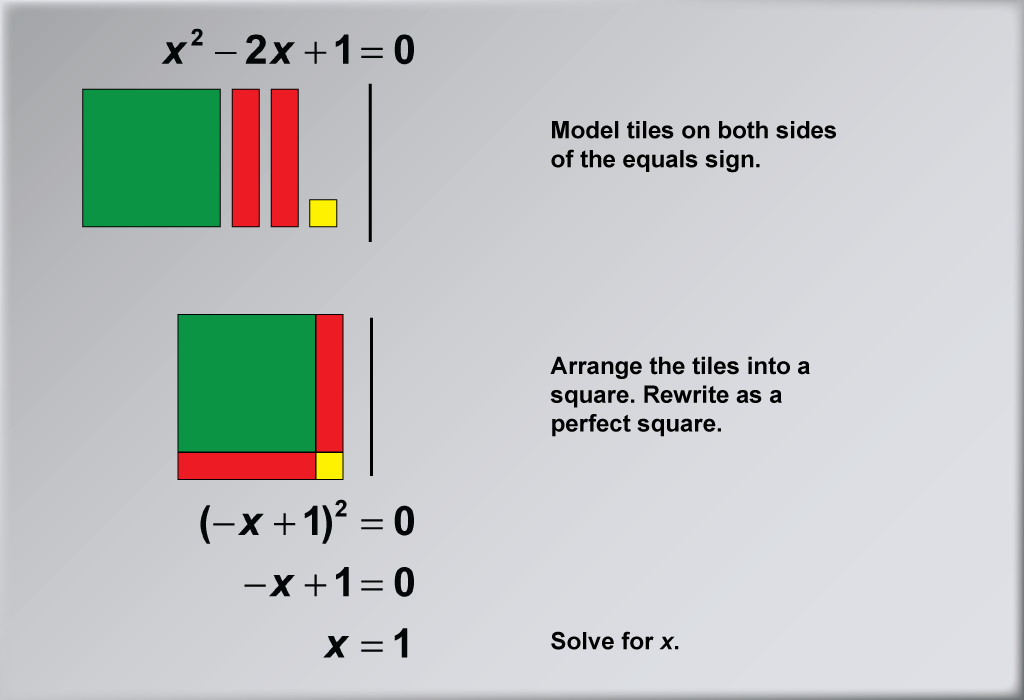
$3.99
Linear Functions: Distance vs. Time
In this lesson students apply their understanding of linear functions to an analysis of distance vs. time functions. In particular students will: Define the function for finding distance given a constant speed. Graph the distance function and interpret slope, y-intercept, domain, and range.

